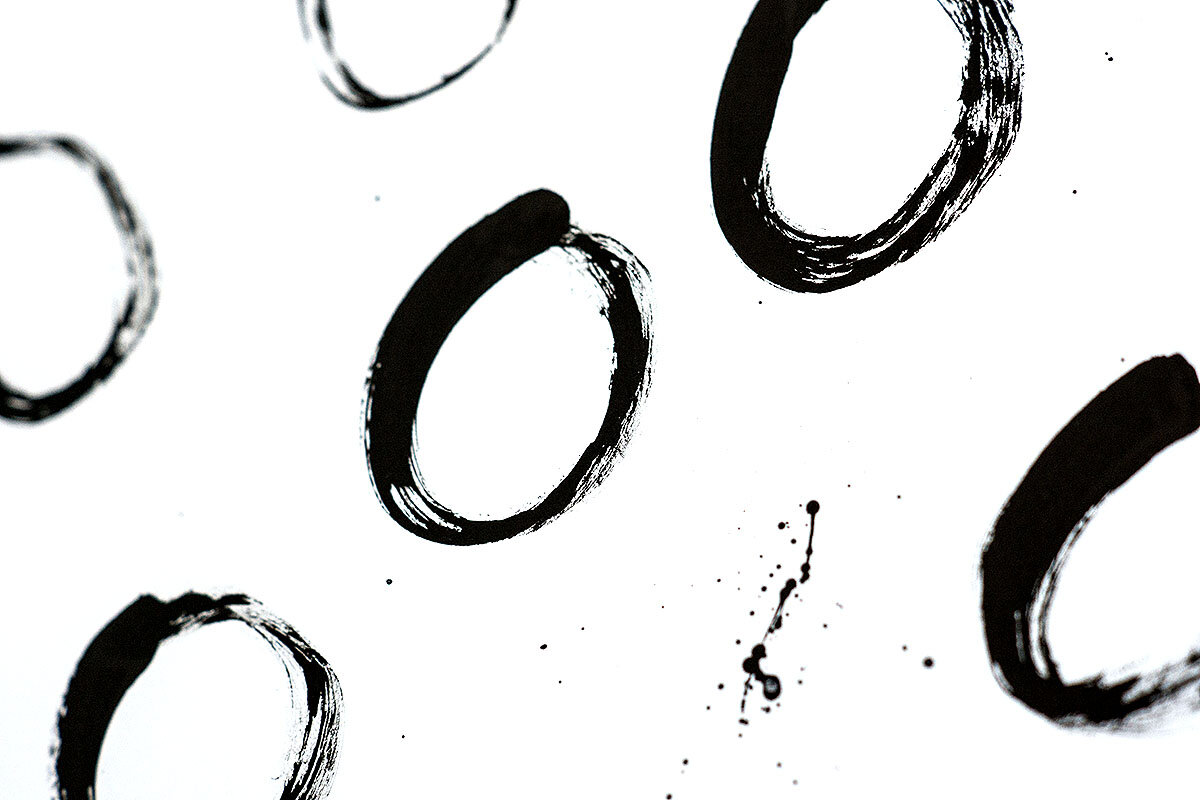How much for a logo? 6 things that affect the cost.
Photo: Clayton Robbins
It probably comes as no surprise that one of the questions most frequently put to designers is: ‘How much does a logo cost?’ With the rise in startups, online businesses and social media influencers, the need to invest in visual identities and personal brands has become more prevalent.
Costs for logo design can vary dramatically and you may be left wondering why logos do not always have the same value. The real question is not how much a logo costs, but how much a logo is going to cost your company. Here are some things to consider in order to get an idea about why logos differ in cost and who you should approach when seeking out a logo design.
1/ Do you want a logo or a brand identity?
It’s important to consider the use of a logo and whether you need further collateral to support it. A logo design needs to be influential, but it also has limited impact without the consideration of a full brand. A brand is the way your company presents itself — consider it a ‘personality’ that sets your business apart from others. It is conveyed in the choice of typography, imagery, colours, icons, tone of voice.... and so on. You may have the best logo design in the world but your advertising could be giving mixed messages, or your website could look dated and put customers off. A logo design that takes into account your brand considers its context and makes sure you are giving consistent messages to the right audience. The more impact you want for your company, the more you will need to invest in design collateral that supports more than just a logo.
2/ A logo is not just an aesthetic
For this reason, if you approach a logo solely as an aesthetic you will miss out on half your marketing potential. A good designer should not only be able to create a nice visual, but they should be able to advise on how different designs will attract different audiences. Personal tastes or current trends do not always appeal to the right customers, so research and development is important in order to make sure that your business stands out amongst your competitors. A logo will need to go through a process to give a result that is not only aesthetically pleasing, but that considers the context and usefulness. As much as a logo idea is a good one, would it encourage your customers to invest more with you?
3/ Think about longevity
Maybe you are setting up a one off event and you need a logo that will be in use for a short amount of time, therefore a limited amount of collateral will be needed. On the contrary, if you’re setting up a company that you want to grow, encourage repeat custom or gain investors for, it is vital that your visual identity has longevity. There needs to be research into your target market and your competitors. Are you looking to grow your business or simply facilitate your current client base? Try to consider where and how you will be marketing your business over at least the next three years because this will dictate how much work needs to be done. This process will save you money – both by making sure you are not paying for design elements you do not need, and by having a brand that has the most impact within your business aspirations.
4/ What is your budget?
It may be easier for you to start with a rough idea of what you can realistically invest. If you want something that is the lowest possible cost, understand what you are getting for your money. If you don’t have a budget, try to give a designer a clear idea of what you are trying to achieve so they can cost accordingly. Try not to think just about here and now, but also how much money you want to make in the future – a visual identity should be a catalyst for attracting new business. If you focus on just a logo design now, it may not look right in other contexts later down the line. If you’re a food company, for example, it is vital you consider packaging design that ties in with your overall brand; if you’re an online shop, it is important that you consider your web design and online customer experience. It may be that you need additional assets such as icons or typography that tie in with your overall look. It’s a much better use of money to consider the full use of the logo and have brand guidelines in place from the start to avoid hiccups later. Consider too what would happen if your original designer is no longer available to work on future designs. Approaching other designers to undertake work without any brand guidelines to follow may result in inconsistencies and mixed messages. What is needed is not necessarily more investment, but smarter investment. If you’re looking for an effective solution, make sure you have clear goals and establish exactly how the logo will be used, who it’s aimed at and how much you can realistically afford. If your budget is below £500, this will have to fit in to one or two days of a designer’s time, leaving little time for research, options or development. To save time for the designer you would have to give an extremely clear brief so you’re getting exactly what you want. Do you want to pay someone for their ideas, or hire someone to artwork exactly what you have in mind, including colours, fonts and imagery? If it’s the latter you may find it more cost effective to take a look at stock websites for imagery to cut down on costs – the downside of this of course is that you may end up with something unprofessional or that has been used elsewhere. You are paying a designer for their expertise in making good design choices in order to give your business a professional edge.
5/ Time
The time that goes into a logo design will differ according to specifications. If the solution involves hand lettering, for example, this may be a more lengthy process than selecting a font. Many designers provide options and development stages which may take up more time than simply offering the first solution, but may be essential for getting your logo right. Some creative professionals will charge by the hour and others will charge per project – you may be lured in by a lower hourly rate, but do you know how long it’s going to take one designer over another? If you’re paying hourly, make sure the designer gives you an estimate of time. If you’re getting costs upfront, make sure you know exactly what is included. If you need a logo quickly, take advice about what can be done in that time and how it may affect the quality. Consider the value of the logo over simply the physical time it takes - are you prepared to pay higher for a designer that will provide a more effective or unique solution or is this not a concern for you?




